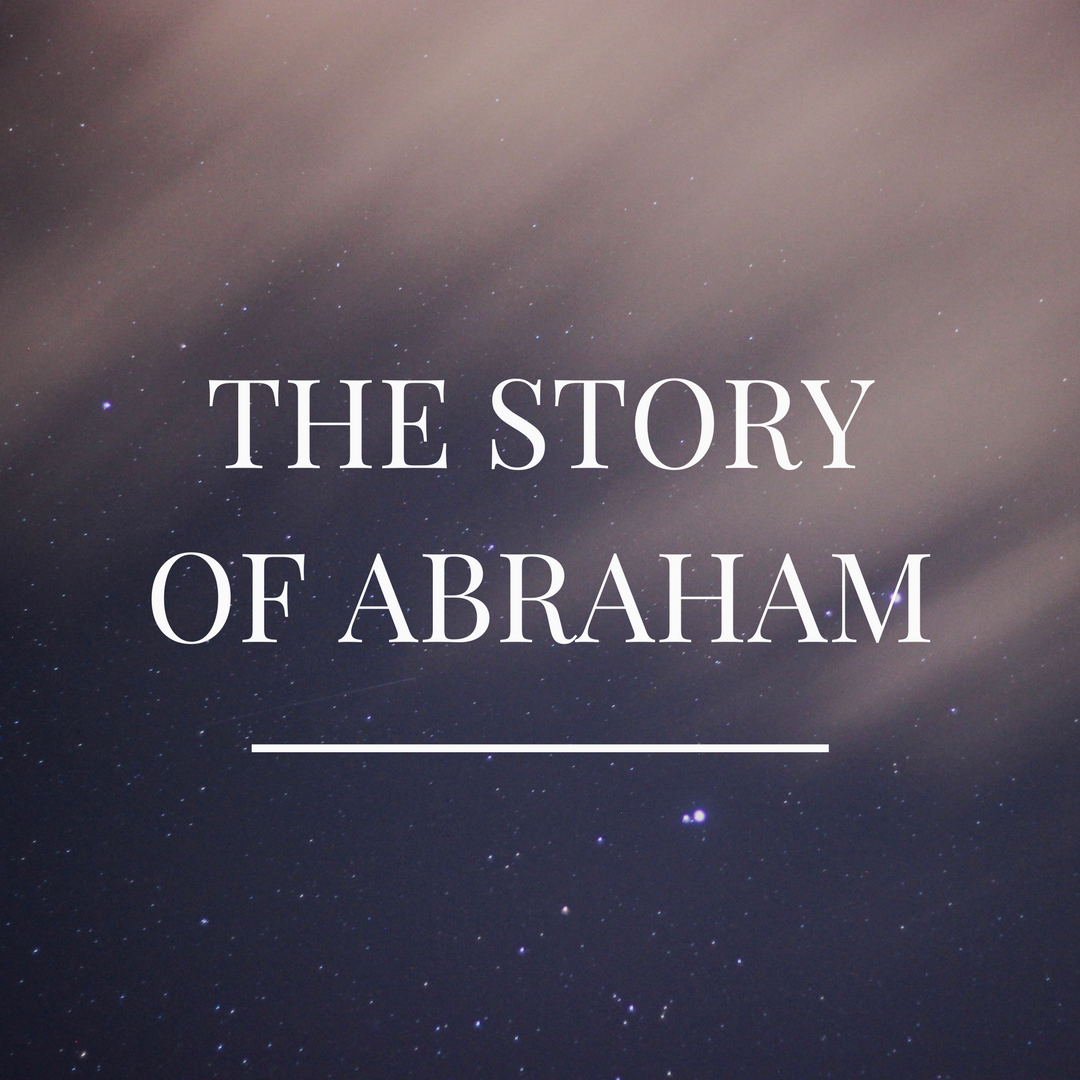
A Covenant in Your Flesh
Genesis 17 introduces the most significant ritual of the Old Testament—circumcision—as a sign of the covenant. We shouldn’t think of this as some separate covenant from the one outlined in chapter 12 and ratified in chapter 15, especially since the promises expounded here only expanded on the promises that God already made there. Chapter 17 is best read as filling out the details of a single Abrahamic covenant, by which God would bless Abraham and through Abraham to bless the world.
Circumcision is a Sign of the Covenant Promise: In chapter 17 God’s promise is fully and forcefully asserted: Abraham will be the father of a multitude of nations; his offspring will come through Sarah and inherit land of Canaan. All these promises hinge on the central promise that God will be God to him and to his offspring forever. Since the promise of offspring is of central concern for Abraham, it is appropriate that God would use circumcision—an act thought to expedite procreation—as a sign of that promise. The fact that this was performed when Abraham was 99 only reinforced how Abraham’s fruitfulness was due to God’s supernatural power and not through Abraham’s biological maturation.
Circumcision is a Sign of the Covenant Requirement: But circumcision was not only a sign of what God pledged to do for Abraham and his offspring, it was also a sign of the commitment the covenant demanded of Abraham and his offspring. First, in order to keep the covenant Abraham and those who came after him must be circumcised. This is because the covenant sign has an intimate relationship with the covenant itself. So close is the relationship between the two that circumcision is described simply as “a covenant” in verses 10 and 13, and not as “a sign of the covenant” (v11). The signifier has a role in the things signified. From Abraham until Christ, circumcision was an entry rite into covenant relationship with God and his people (note the horizontal dimension of v14 cut off from his people). It is not difficult to see how baptism now performs this role as an entry rite into the life, loyalty, and community of the covenant (see Rom 6:1–5; Col 2:11–13; Gal 3:27–29).
But it would be reductionist to read Genesis as if this is all that God required. Verse 2 tells us that in order for the covenant to go forward, Abraham must walk before God blamelessly. The requirement was not just external obedience, but an internal disposition. Circumcision signified such allegiance; anything that impedes fidelity was to be excised from life.
Circumcision is a Sign of the Covenant Curse: The ratification of a covenant often included a sign, denoting what would happen to a person who breaks the covenant. In fact, covenants weren’t “made” in the ancient world, they were “cut”. The person who failed to keep the covenant would be “cut” off. Circumcision graphically depicted how covenant breakers would be “cut off” from the promised seed (v14), as would their progeny.
Chapter 17 introduces a great tension: How do we reconcile the seemly unconditional expression of the Abrahamic covenant in chapters 12 and 15 with Genesis 17’s very conditional expression (vv2, 14)? The apostle Paul found that tension resolved in Christ (Gal 3:7–16).



